
Rakali research in the Murrumbidgee
by
Anna Turner •
April 16, 2024
Rakali research in the Murrumbidgee Interview with PhD student Emmalie Sanders Emmalie Sanders is a PhD student with the School of Agricultural, Environmental and Veterinary Science at Charles Sturt University. She has spent the last few years conducting research on rakali (native water rats) in the Murrumbidgee catchment area. We caught up with Emmalie to [...]
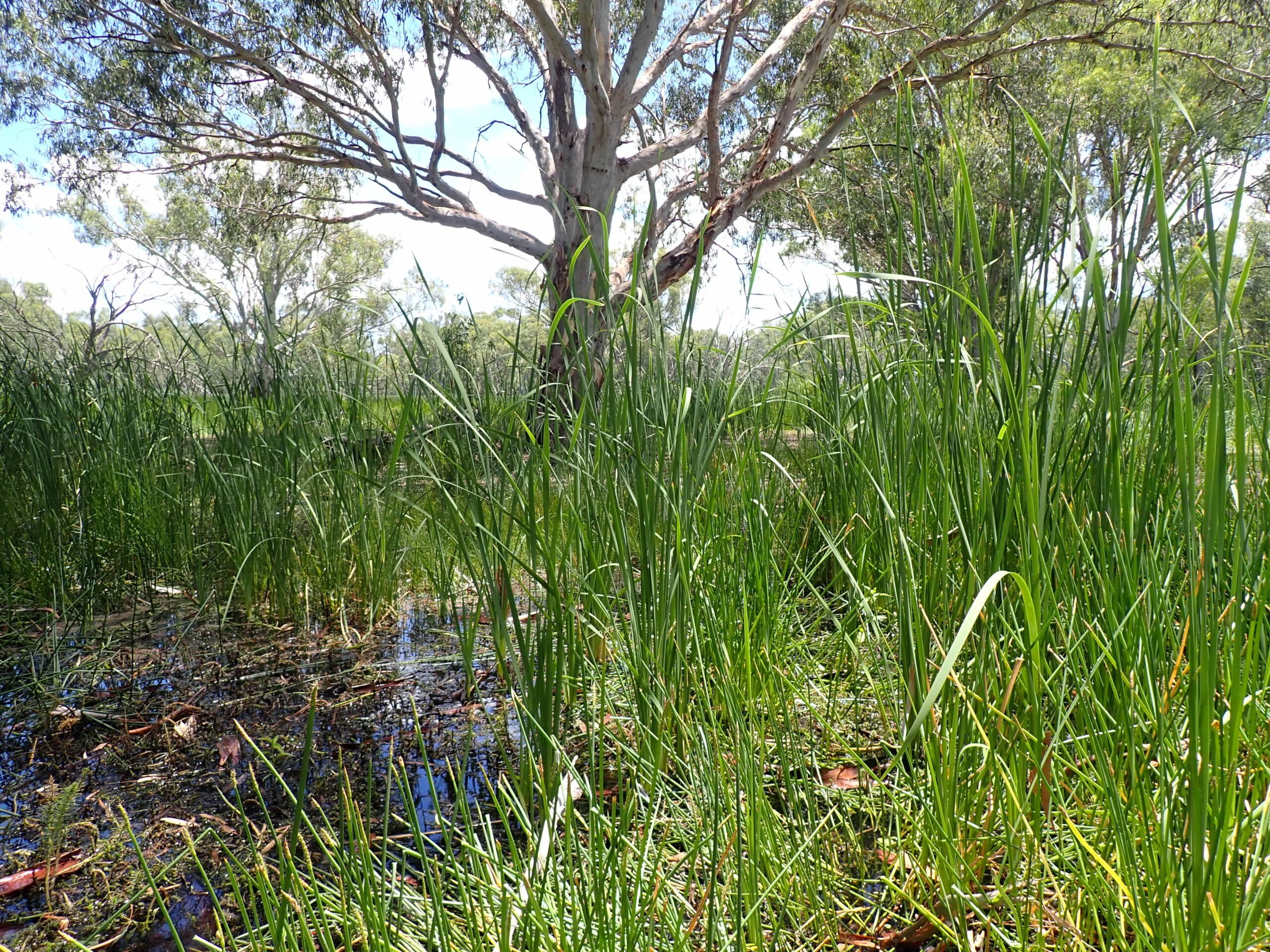
Investigating the water requirements of the endangered Australasian bittern
by
Skye Wassens et al. •
April 3, 2024
Investigating the water requirements of the endangered Australasian bittern By Skye Wassens (CSU), Elizabeth Znidersic (CSU), Sarah Talbot (CSU), Andrew Hall (CSU), Jennifer Spencer (DCCEW), and Helen P. Waudby (DCCEW) Detecting Australasian bitterns can be a challenge. They are listed as Endangered in Australia with only 1300 estimated left in the wild nationally. They are [...]
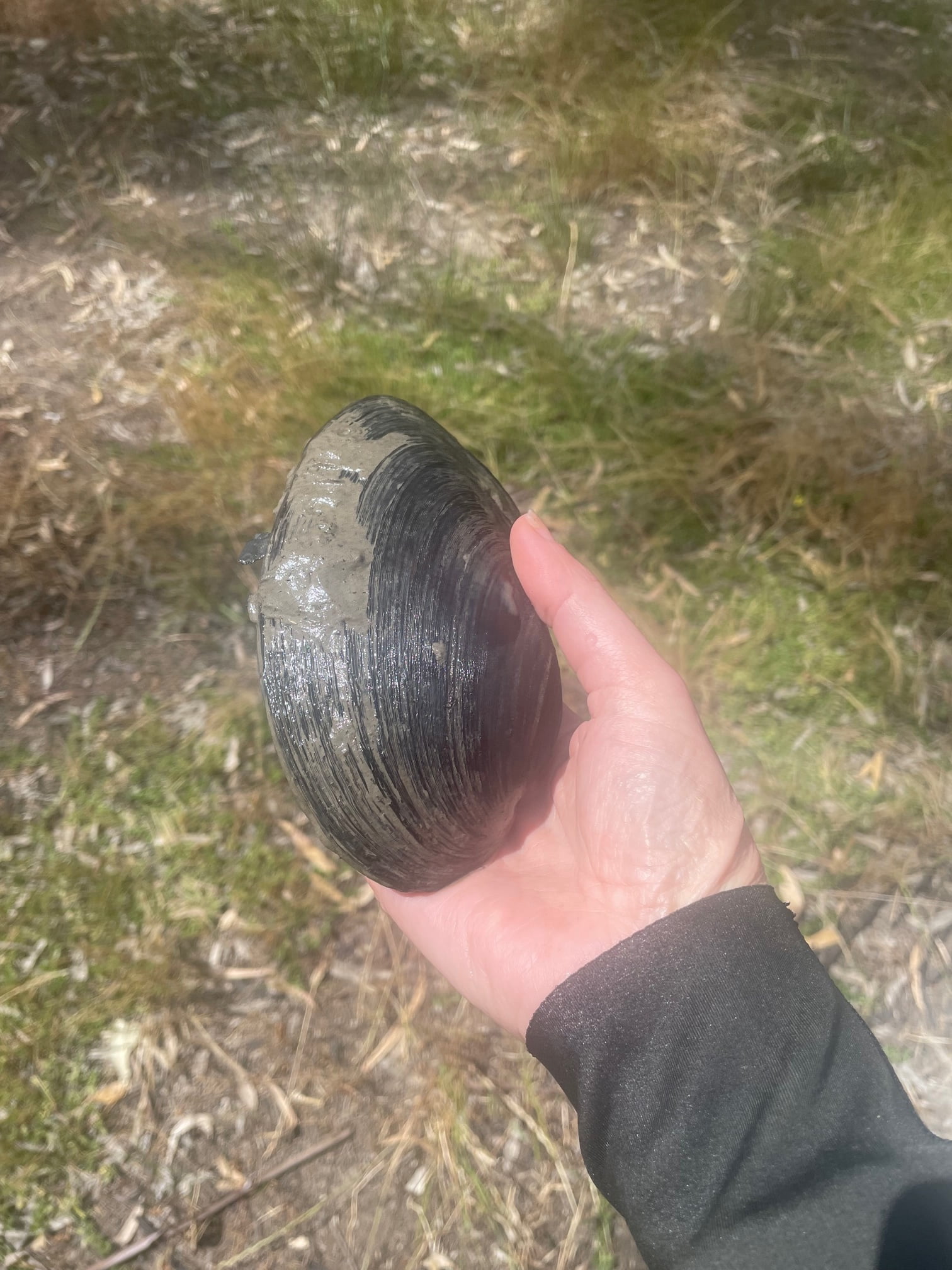
Where have all the freshwater mussels gone?
by
Margrit Beemster •
February 21, 2024
Where have all the freshwater mussels gone? Author: Margrit Beemster Photo credit: Michael Griffin and Nicole McCasker, Charles Sturt University It wasn’t that long ago that freshwater mussels numbered in their “hundreds of thousands” throughout the Murray-Darling Basin. “Most people I’ve spoken to have stories of mussels being everywhere when they were children, but now [...]
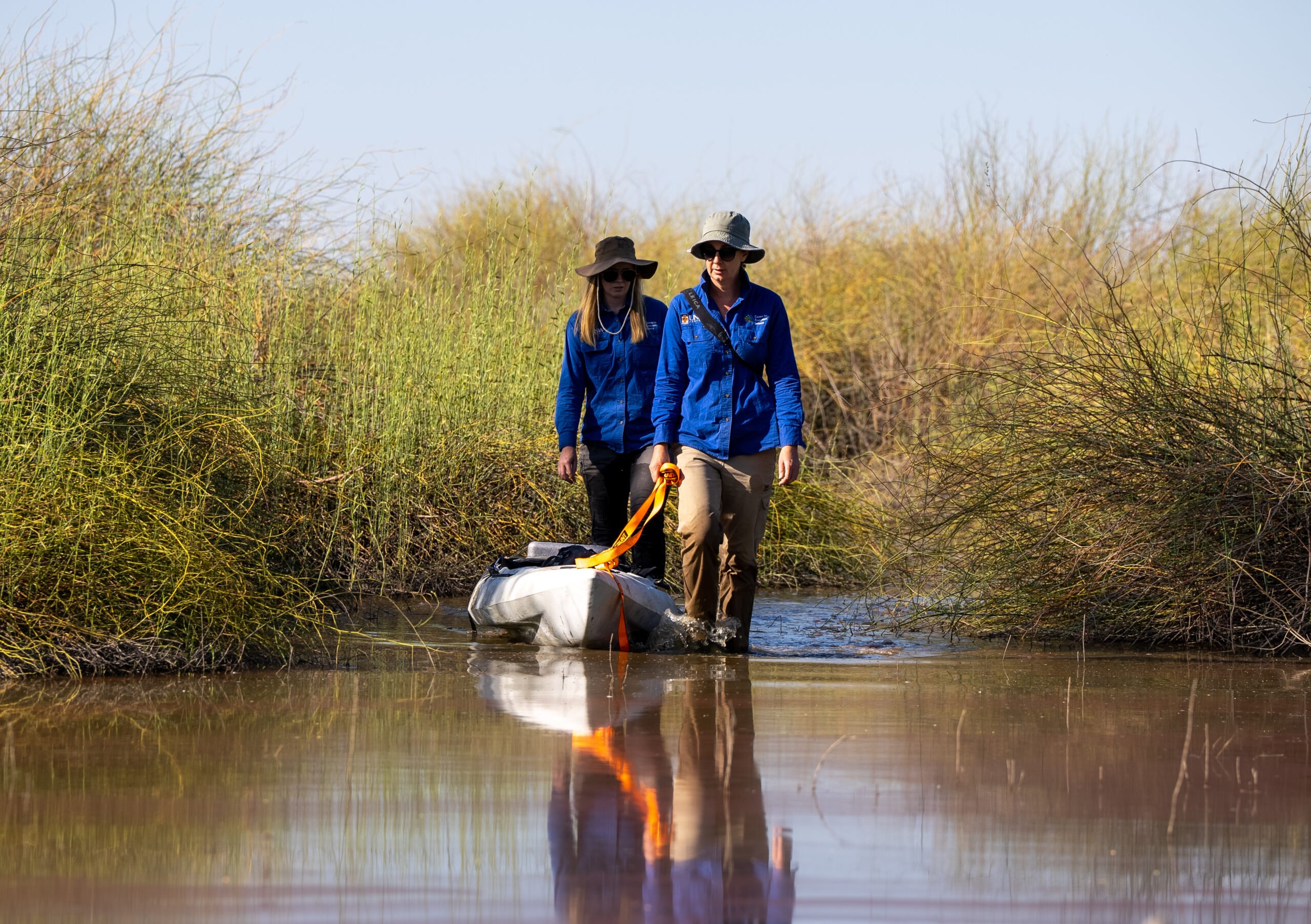
Waterbird breeding in the Lower Murrumbidgee wetlands
by
Jennifer Spencer et al. •
January 18, 2024
Waterbird breeding in the Lower Murrumbidgee wetlands By Jennifer Spencer (NSW DCCEEW), Kate Brandis (UNSW), Roxane Francis (UNSW), Sarah Talbot and Anna Turner (CSU) | Murrumbidgee Monitoring Evaluation and Research (MER) Program Many waterbird species can nest together, often in very large numbers, these include cormorants, pelicans, ibis, egrets and herons. We closely monitor waterbird [...]

Higher diversity of turtle species observed at wetland sites which receive environmental water delivery
by
Anna Turner •
December 14, 2023
Higher diversity of turtle species observed at wetland sites which receive environmental water delivery By Anna Turner | Murrumbidgee Monitoring Evaluation and Research (MER) Program The Murrumbidgee River, including its tributaries and wetlands, is home to three species of freshwater river turtles. Two of these species fit in the genus Chelodina, known as snake-neck turtles. [...]
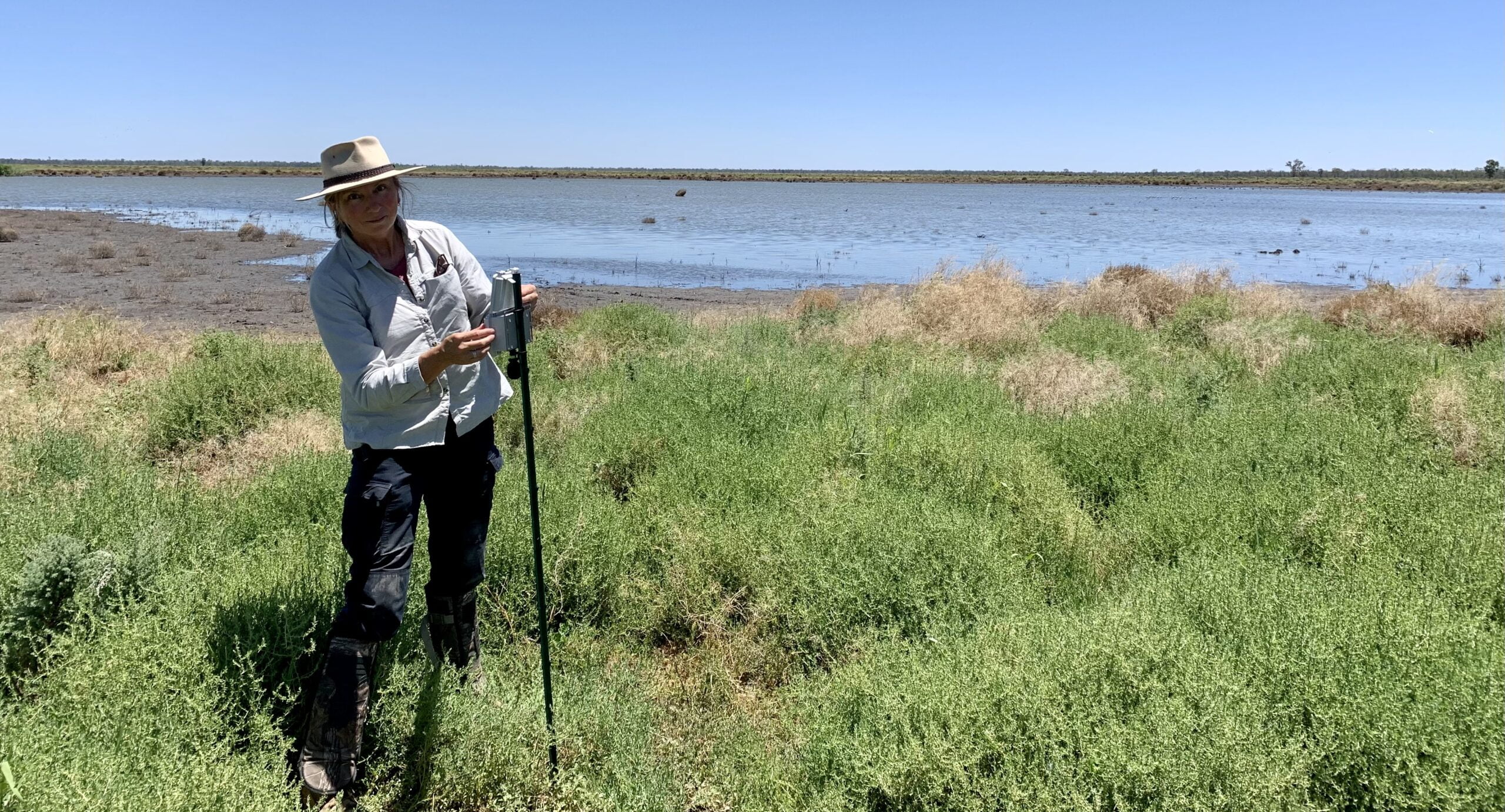
Investigating the water requirements of the endangered Australasian bittern
by
Sarah Talbot •
July 31, 2023
Investigating the water requirements of the endangered Australasian bittern By Sarah Talbot | Murrumbidgee Monitoring Evaluation and Research (MER) Program The Australasian bittern (Botaurus poiciloptilus) is an iconic waterbird colloquially known as the Bunyip bird, due to its deep booming, nocturnal call. Sadly, the Australasian bittern is endangered, and it is estimated that only 1,300 [...]
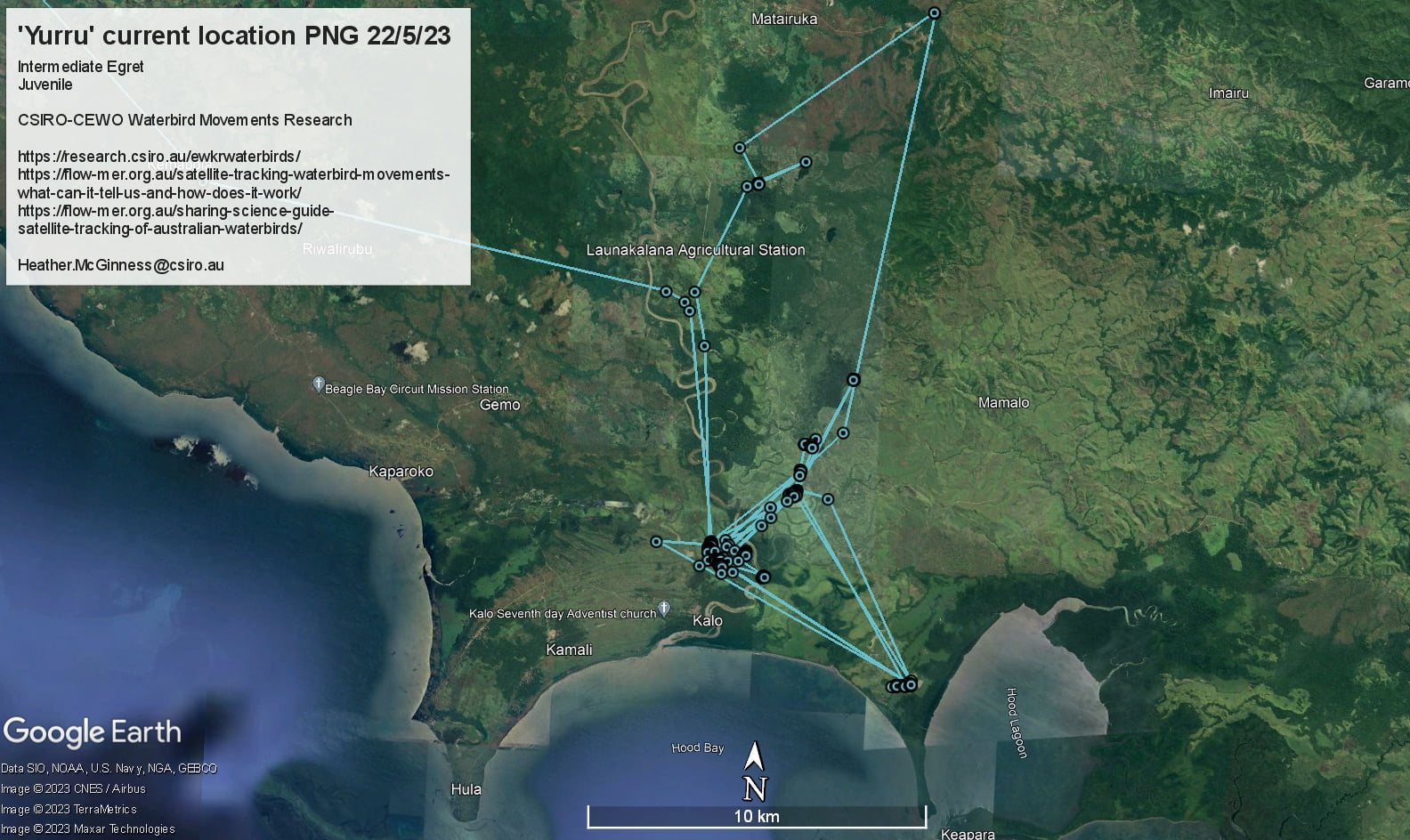
Exciting waterbird tracking update!
by
Heather McGinness •
May 26, 2023
Exciting waterbird tracking update! Story and photos by Heather McGinness We have very exciting news! For the first time ever, we have GPS satellite-tracked an Intermediate Egret travelling from Australia to Papua New Guinea! This trip was documented by high-resolution GPS fixes ranging from one minute apart to one hour apart, showing the precise route [...]
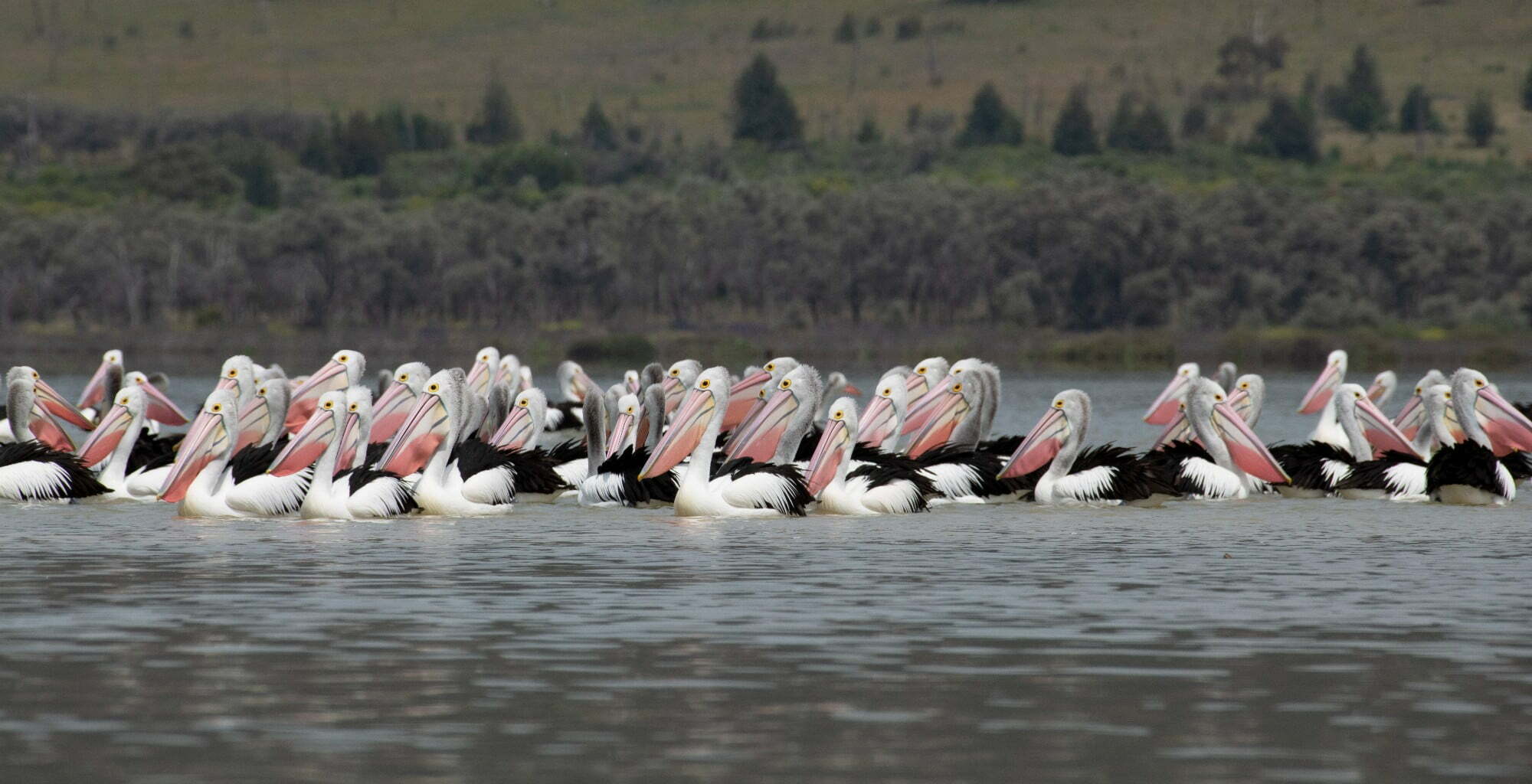
Providing opportunities for connection: Ballyroggan (Lake Brewster) weir pool and inflow wetland
by
FLOW-MER •
February 1, 2023
Providing opportunities for connection: Ballyroggan (Lake Brewster) weir pool and inflow wetland Authors: Joanne Lenehan (Flow-MER and DPE), Eddie Vagg and Cherylee Kirby. Banner Image: Pelican colony on the water at Ballyroggan (Lake Brewster). Photo credit: Mal Carnegie, Lake Cowal Foundation and DPE EHG. The authors acknowledge the invaluable contribution of Lachlan locals, Adam Kerezsy, [...]
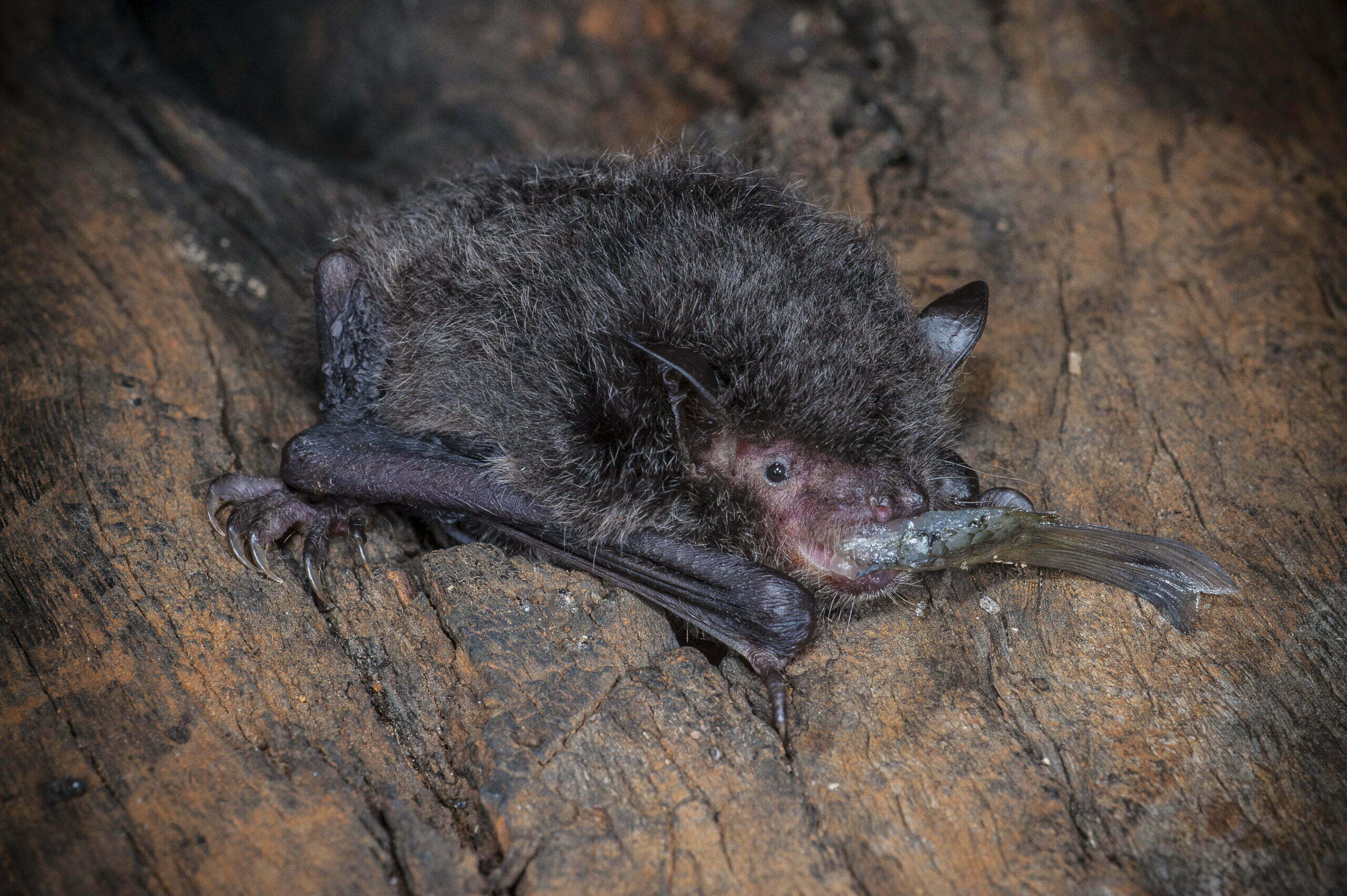
A Bit About Bats
by
Christopher Sundblom and Anna Turner •
January 10, 2023
A Bit About Bats Authors: Christopher Sundblom and Anna Turner Featured Photo: Southern myotis with a fish in its mouth. Source: Steve Parish Freshwater ecosystems are home to a huge diversity of plants and animals. Often overlooked but always close by, bats are common visitors to our wetlands. Charles Sturt University has been monitoring bats [...]
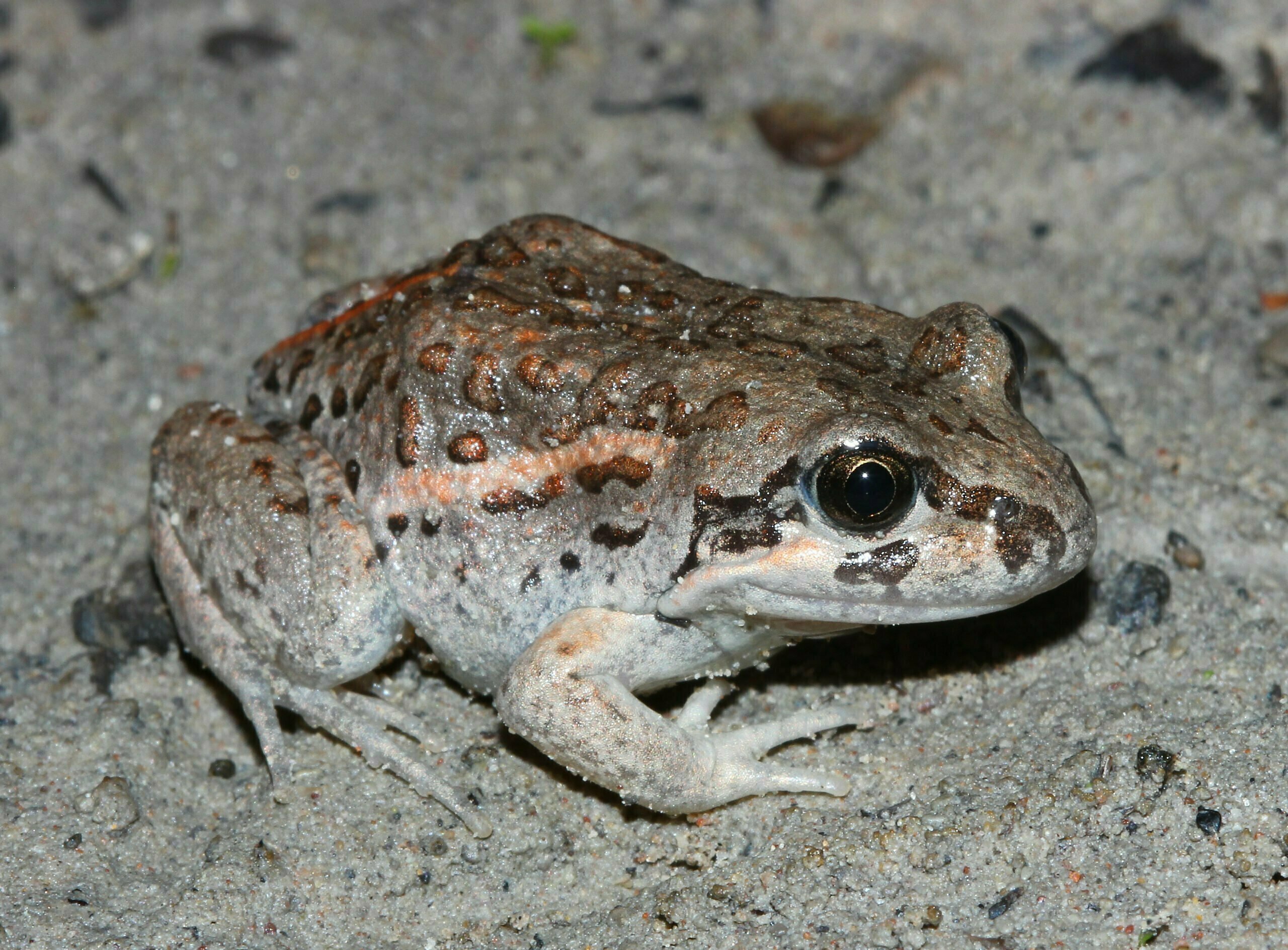
Leaping to It: Yurrayas Jumping in Puddles
by
Tamara Kermode •
June 14, 2022
Leaping to It: Yurrayas Jumping in Puddles Author: Tamara Kermode Today we are leaping into the waters and finding some Yurraya (Frog in the Gamilaraay language). A study conducted by the University of New England Masters Student, Abdur Razzaque Sarker in collaboration with the NSW Department of Planning and Environment (DPE), looked at the patterns [...]











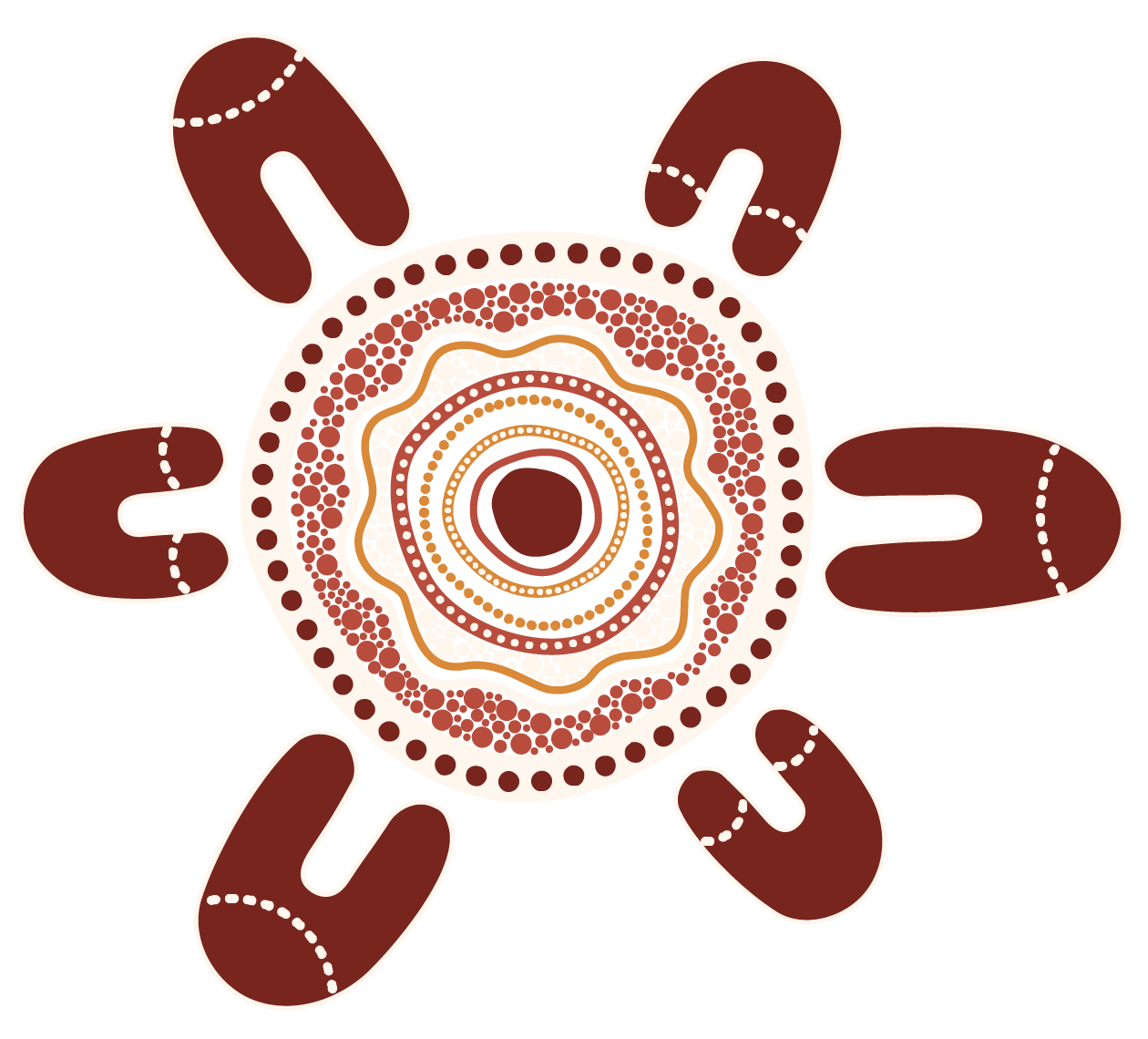
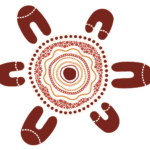
Recent Comments